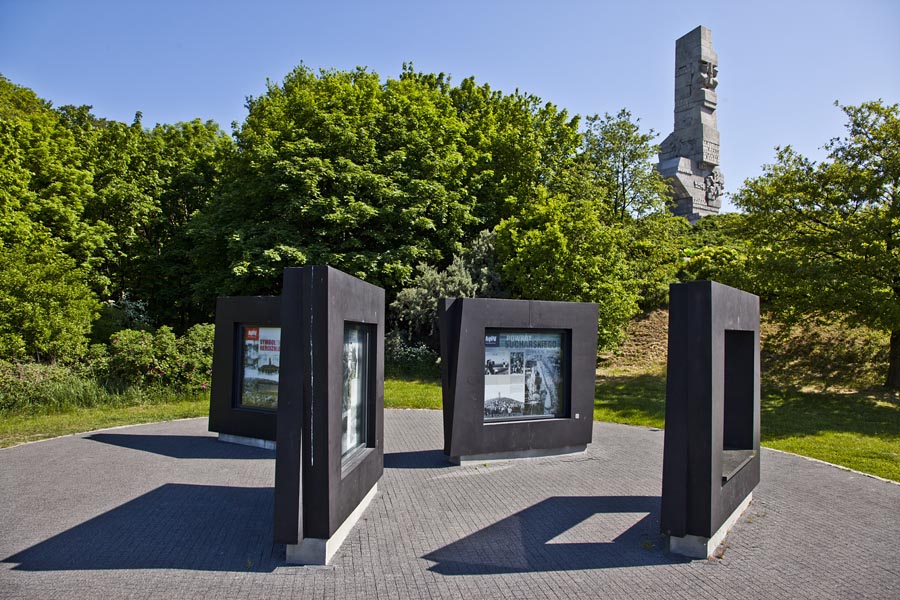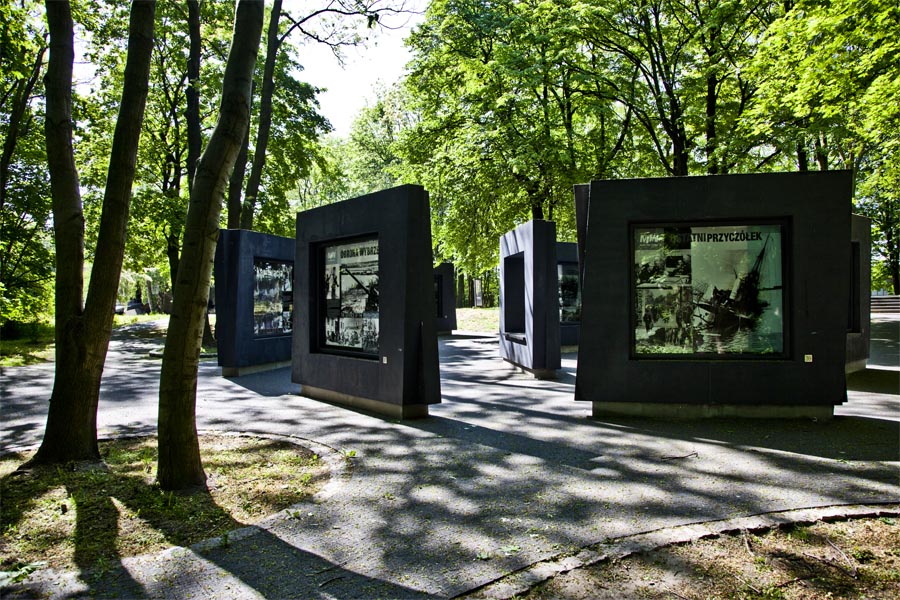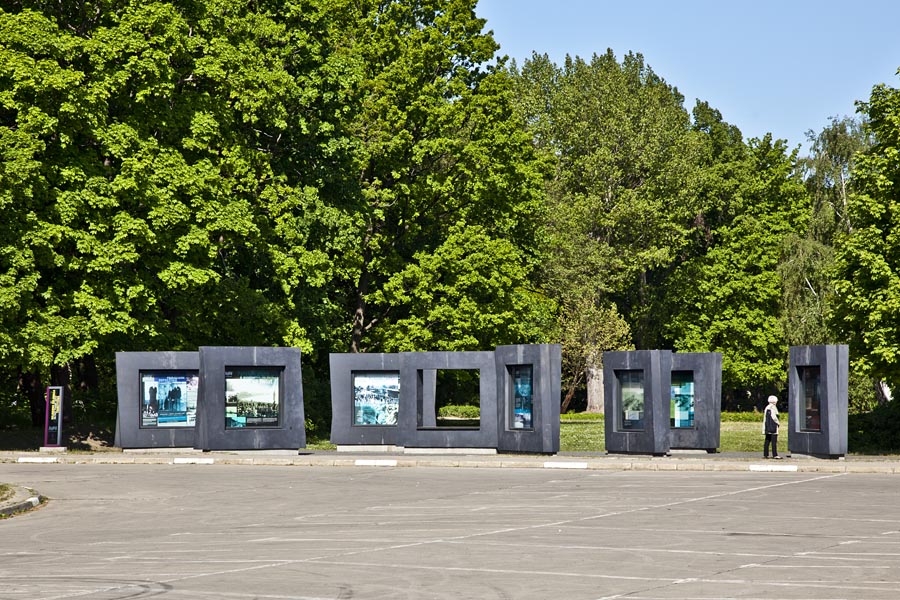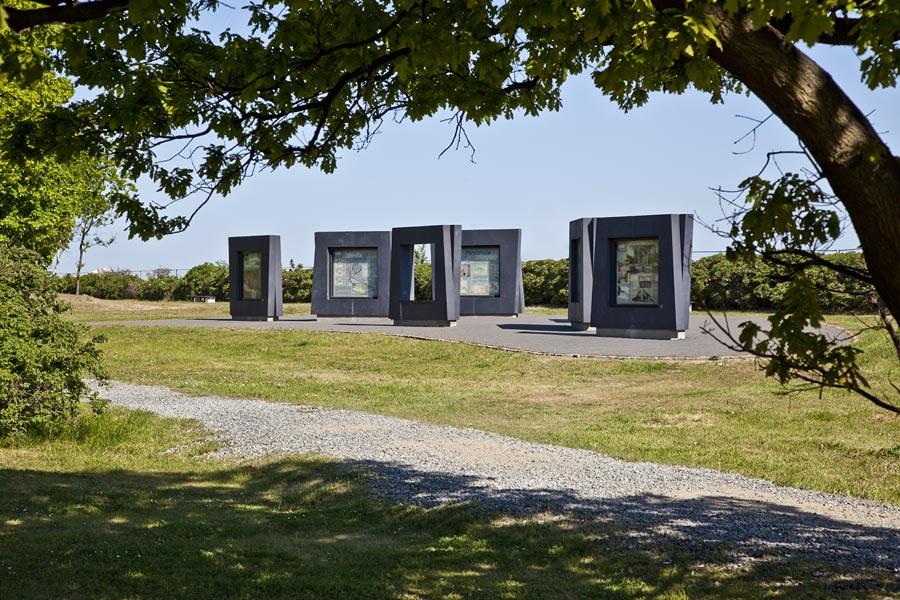- Museum
- Unnamed Road, 80-001 Gdańsk, Pologne
- http://www.muzeum1939.pl/en/exhibitions/exhibition_on_westerplatte/about_the_exhibition
- +48 58 323 75 20 sekretariat@muzeum1939.pl
The exhibition is devoted to the history of the place that is commonly associated with the beginning of the 20th century’s greatest catastrophe, the Second World War. A place that, like Thermopylae before it, became the symbol of a heroic struggle against an overwhelming adversary. Yet the story of Westerplatte, as told by the Museum of the Second World War, is not limited to the defence of Poland’s Military Transit Depot in September 1939; rather, we travel back to the peninsula’s formation in the 17th century as a sandbar at the mouth of the Vistula and forward, all the way to the fall of Communism in Poland in 1989.
The outdoor exhibition “Westerplatte: A spa – a bastion – a symbol”, which had been curated by the Museum of the Second World War in Gdańsk was opened on 1 September 2009.
The exhibition is devoted to the history of the place that is commonly associated with the beginning of the 20th century’s greatest catastrophe, the Second World War. A place that, like Thermopylae before it, became the symbol of a heroic struggle against an overwhelming adversary. Yet the story of Westerplatte, as told by the Museum of the Second World War, is not limited to the defence of Poland’s Military Transit Depot in September 1939; rather, we travel back to the peninsula’s formation in the 17th century as a sandbar at the mouth of the Vistula and forward, all the way to the fall of Communism in Poland in 1989.
The exhibition is divided into four areas, which correspond to the chronological phases of its story. The first one presents the processes by which the peninsula was created, and then shows the growth and the golden age of the spa, which lasted until the end of the First World War. The second segment is about the Polish Military Transit Depot, which was located here in the interwar period. The third part focuses on its defence in September 1939. The fourth section recounts Westerplatte’s place in Polish collective memory and in the politics of the Communist governments of 1945-89.
Over 200 maps, etchings, photographs and documents found in nearly 30 institutions in Poland and abroad help to tell its story, as well as texts in Polish and English.
Educational path
The educational trail on Westerplatte complements the “Westerplatte: A spa – a bastion – a symbol” outdoor exhibition, focussing on the peninsula’s architecture and topography. Information boards along the path tell visitors about the peninsula’s appearance during the fighting of September 1939. They also serve as a guide to the buildings of the Military Transit Depot, which was situated here in 1926-39, which makes it possible to take an interesting tour alone. There are historical photographs, etchings and maps on the boards, as well as texts in Polish and English.




